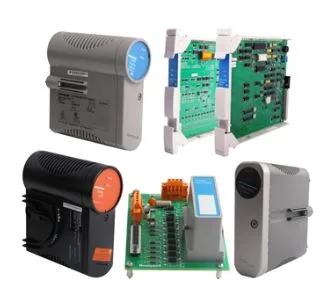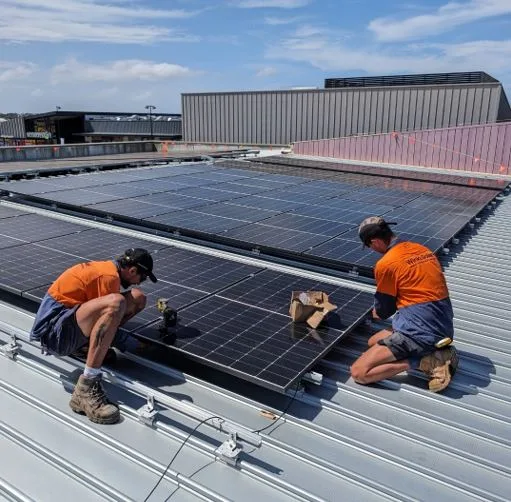Adapting Life: Enhancing Everyday Living Through Mobility Support
Mobility challenges can impact every aspect of a person’s daily life, affecting independence, confidence, and overall well-being. Fortunately, advances in mobility support tools have made it possible for more individuals to adapt their lives for greater comfort and freedom. From mobility scooters and supportive footwear to smart home modifications, these solutions are transforming the way people interact with their environments—empowering them to move around safely and live fully.
1. Mobility Devices That Empower Independence
Mobility scooters, power wheelchairs, and manual wheelchairs offer people with limited mobility the freedom to navigate their environment with ease. Modern designs provide sleek aesthetics, compact storage, and features like adjustable seats, easy-access controls, and swappable batteries. Some devices even include suspension systems for outdoor travel, allowing users to explore parks and cityscapes without assistance. The right mobility device not only restores physical movement but also boosts self-esteem and opens doors to active, independent lifestyles.
2. Assistive Walking Aids
Walking aids like a cane and a rollator walker with seat enhance stability and balance, helping reduce fall risks and support more confident daily mobility. Modern models are designed to be lightweight, easily collapsible, and feature ergonomically shaped handles for comfort. Some come with built-in seats, storage compartments, and even electronic guidance to assist visually impaired users. Whether used short-term or as a long-term solution, these aids can significantly increase safety and mobility, helping individuals maintain their independence.
3. Supportive Footwear and Orthotics for Everyday Movement
For individuals dealing with foot, ankle, or gait issues, supportive footwear and custom orthotics can be game-changers. Footwear featuring sturdy soles, padded insoles, and proper ankle support can ease discomfort and enhance stability. Custom orthotic inserts help align the feet correctly and evenly spread pressure, reducing the likelihood of injuries. These tools enable people to walk, stand, and participate in activities with greater confidence—supporting an active lifestyle one step at a time.
4. Smart Home Modifications for Enhanced Safety
A mobility-friendly home is built around a thoughtful layout and technological assistance. Basic modifications such as adding grab bars, ramps, and slip-resistant flooring can help minimize the chance of accidents. Technological integrations, such as voice-controlled lights, smart thermostats, and remote-controlled door locks, support individuals with limited mobility by reducing the need for physical effort. Even more advanced systems can automate daily routines (e.g., opening curtains or calling an elevator), making safe and independent living easier than ever.
5. Adaptive Driving Solutions
For many, driving represents freedom and autonomy. Adaptive driving systems convert standard vehicles into accessible platforms with hand controls, pedal modifications, or automatic transmission systems. Swivel seats, lowered floors, and slide-back doors offer additional flexibility. Each vehicle can be custom-fitted to the driver’s unique physical needs, allowing individuals with mobility impairments to commute, travel, and engage in community life confidently.
6. Portable Lifts and Transfer Aids
For people with restricted mobility, transferring from a bed to a chair or vehicle often presents difficulties. Portable patient lifts, standing assist devices, and transfer boards reduce the risk of injury and enable safer transfers. These tools balance dignity with support, allowing users to transition smoothly between positions. They’re commonly used in home care settings but are equally valuable in public spaces—such as hotels and community centers—where accessibility is crucial.
7. Adaptive Exercise and Fitness Equipment
Keeping up physical strength and flexibility remains important, especially for individuals facing mobility challenges. Adaptive fitness equipment—like arm cycles, seated ellipticals, and resistance bands—can be used at home or in inclusive gyms. These tools support gentle yet effective exercise routines tailored to individual ability levels. By promoting regular activity, they help improve muscle tone, joint health, and overall quality of life.
8. Wearable Mobility Tech
Emerging technology is transforming wearable mobility devices, such as exoskeletons and robotic assistive suits. These powered systems support the lower body during walking or standing, offering strength and endurance to users with neurological or muscular conditions. Devices like smart insoles, posture monitors, and movement trackers deliver instant feedback, helping individuals adopt better movement habits and minimize strain or repetitive stress.
9. Community-Based Mobility Services
Beyond personal devices, many communities offer mobility support services such as accessible transit, paratransit, and ride-share accommodations. These services help bridge gaps in transportation access and empower users to stay connected through community events, medical appointments, and social engagements. Advocating for universal design in public spaces and collaborating with local governments ensures mobility equity reaches everyone.
10. Emotional and Psychological Benefits
Mobility support influences much more than just physical movement. When individuals can move independently, it fosters a sense of self-reliance and social engagement. Access to mobility can reduce anxiety, depression, and isolation—leading to improved mental health. With the ability to visit friends, pursue favorite hobbies, or run errands, people regain purpose and satisfaction in daily life.
Conclusion
The landscape of mobility support has grown remarkably sophisticated, offering diverse tools that make everyday living safer, more comfortable, and more inclusive. Through customized devices, smart home adaptations, adaptive fitness, and community services, individuals facing mobility challenges can thrive. Above all, these solutions honor the dignity of each person, reminding us that mobility isn’t just about moving—it’s about empowering life. If you or a loved one are seeking ways to enhance daily activities, exploring these mobility support options could be life-changing.






